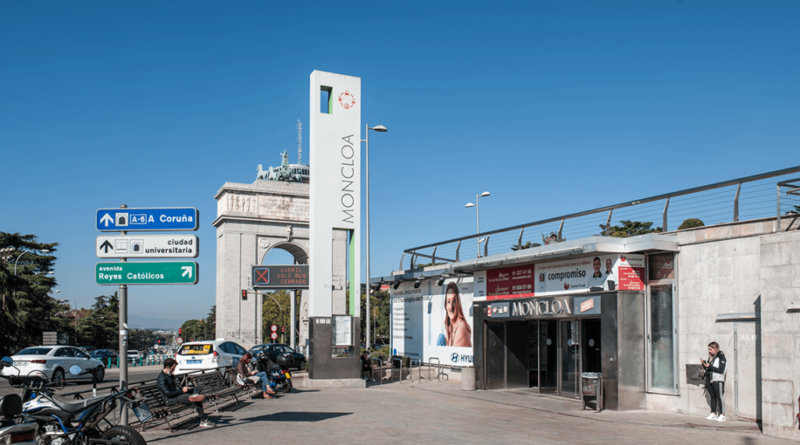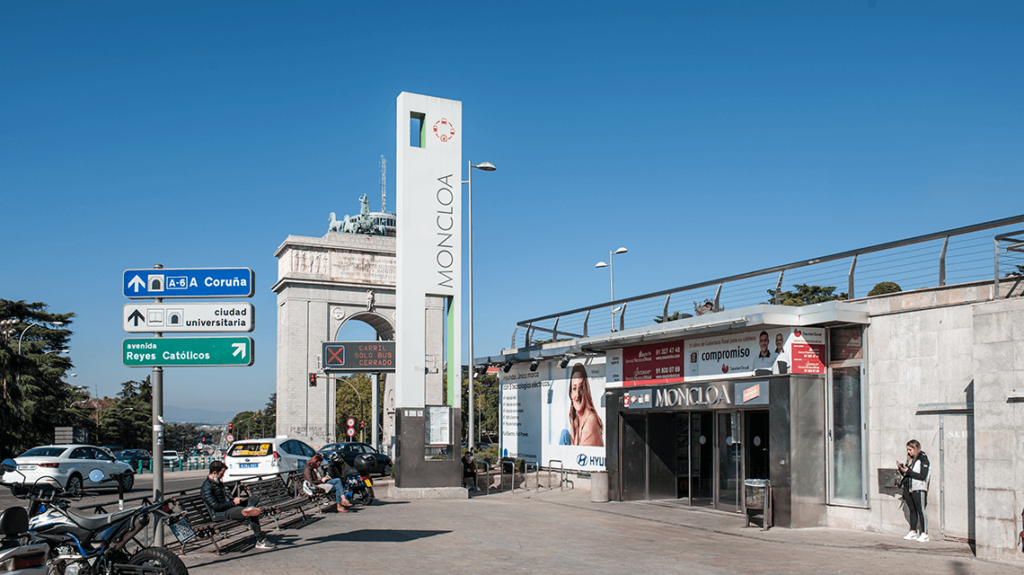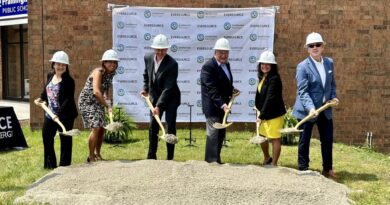Geothermal cooling demonstrated at transport hub in Madrid, Spain
Energy Disrupter
Sustainable cooling is being supplied to the Moncloa Transport Hub in Madrid, Spain using both geothermal and solar energy as part of the GEOBATT project.
A combination of geothermal energy and solar power have provided sustainable cooling and air-conditioning to the Moncloa Transport Hub in Madrid, Spain. This has been the outcome of the “Hybridization of geothermal energy with flow batteries for the air conditioning of zero-energy tertiary buildings (GEOBATT)” project.
The Moncloa Transport Hub is a convergence point for many major bus lines and metro lines in Madrid. Heat generated by the subway and buses, as well as from the sun exposure of the exterior surface, greatly affect the conditions in the waiting area for travelers. For this reason, the transport hub requires a lot of investment in air-conditioning.
Heat pumps connected to the geothermal boreholes generate pressure to transfer the thermal fluids to the chillers. The heat pumps are powered by a redox flow battery charged by a photovoltaic solar installation. This makes the whole system 100% renewable.
The GEOBATT project has been developed by Sacyr, Energy Storage Solutions, Universidad Politécnica de Madrid, Universidad Carlos III, and the IMDEA Energy Foundation. It was co-financed by the Ministry for Science, Innovation and Universities and the European Regional Development Fund (ERDF), and supported by the Consorcio Regional de Transportes of the Madrid regional government.
Miguel Martín, Innovation Project Manager at Sacyr Engineering and Infrastructure, said that a set of geothermal boreholes each at 150 meters depth were drilled at the site of the old metro tunnel. The location proved to be a challenge as it limited the drilling gauge of the machines and the provisions for ventilation and has evacuation. Drilling also had to be executed without interfering on the hub’s normal operations.
The system also incorporates redox flow batteries to store electrical charge to operate the heat pumps and the chillers.
The demonstration project at the Moncloa Transport Hub is the first to combine hybrid geothermal heat pumps, redox flow batteries, and photovoltaic solar panels. ”We want Geobatt to act as a demonstration for the different administrations to see the geothermal potential of the city and Sacyr’s technological capacity to optimize the use of these resources in other city infrastructure,” says Miguel.
The system currently has 1.2 MW of chillers, with the geothermal expansion adding 400 kW of new capacity. The goal for the project would be to scale the installation to cover 33% of all the energy needs of the transport hub.
In recent months, there has been an aggressive movement to develop systems for using geothermal energy for cooling. The U.S. Department of Energy had announced earlier this year funding for community-scale geothermal heating and cooling projects. The EU has already initiated the COOLING DOWN project and created a consortium to explore innovative renewable cooling solutions in a changing energy market.
More recently, UAE-based ADNOC announced the successful well tests for a planned geothermal cooling project in Masdar City in Abu Dhabi.
Source: Sacyr

















